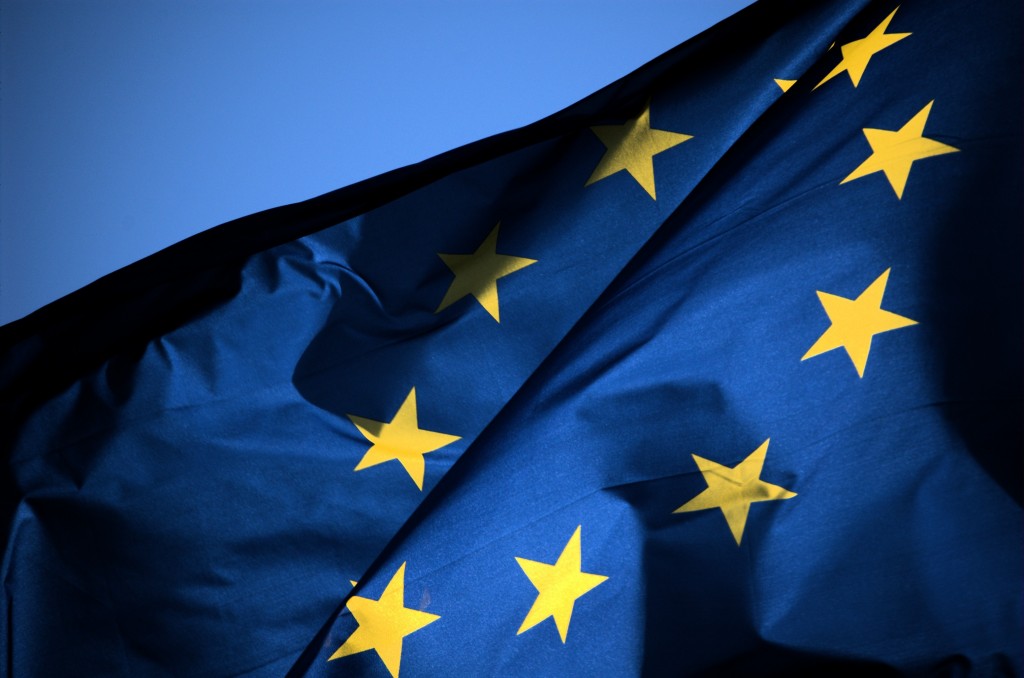Euro nations borrow from Philippines’ IMF fund
By Randell Tiongson on April 6th, 2015 Here’s something very interesting to read: 9 EU Nations borrowed nearly over $400M from the Philippine’s IMF fund!
Here’s something very interesting to read: 9 EU Nations borrowed nearly over $400M from the Philippine’s IMF fund!
A recent post at the Manila Bulletin, it said that “the central bank reported that nine countries in Europe had withdrawn $439.50 million from its credit facilities with the International Monetary Fund (IMF).”
As a young elementary student in the 70’s and a high school and college student of the 80’s, I remember having to hear a lot about the International Monetary Fund and how the Philippines was so dependent on it for funding. The IMF was always mentioned as one of the main culprits why the Philippines was poor and how it was enabling the Marcos regime to enslave the nation. Wow, how things have changed from those times!
As a creditor member of the International Monetary Fund, drawing of funds from the fund is the Philippine’s participation to global financial stability. Can you imagine the Philippines contributing to provide ‘global financial stability’? There are 2 funds: IMF’s Financial Transaction Plan (FTP) and New Arrangements to Borrow (NAB). EU member nations Portugal, Ireland, and Greece were the biggest recipients from IMF’s FTP while other nations like Greece, Portugal, Tunisia, Cyprus and Ukraine was also accessed. The Philippines earns from said drawdowns by way of interest payments.
The country continues to register very strong Gross International Reserves (GIR’s) at $ 81.336 as of February 2015.
Another big change from before is our nation is not as indebted as it was before! In fact, the Philippines latest Debt to GDP ratio has improved to 37.3% as compared to 39.7% a year ago. The growth in the Philippine economy has made our debt management easier and we are outperforming many other nations. Our debt to GDP ratio is better than our ASEAN counterparts. The US’s debt to GDP ratio stands at 102.47%, Japan at 227.2%, France at 92.2%, Italy at 132.10%, Singapore at 105.5% and Thailand at 45.7%.
Admittedly, there are much more that needs to be done to ensure sustainable economic gains for the Philippines, one of which is the issue of inclusive growth. However, one cannot argue that the economic condition of the Philippines today is in a much better place than where it was decades ago. Let us continue to work hard at improving our nation, and having the faith to see real and sustainable progress in this generation… our gift for the next generation.

